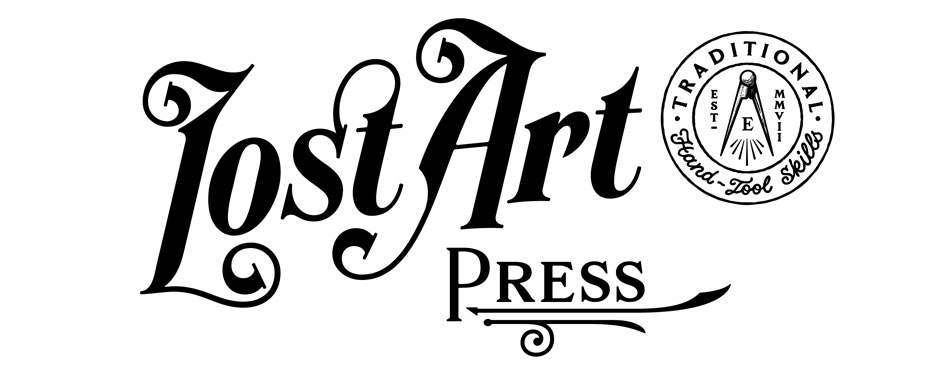Every month in the late 1990s, an oversized manila envelope would land on my desk at Popular Woodworking magazine. When that happened, I’d finish editing the sentence I was working on, put down my red pen and rip into the package.
Inside was the newest Good Woodworking magazine with the latest John Brown column. I would read the article several times. Photocopy it for my records (I still have those photocopies). And then pass the magazine to one of my fellow editors who would read it for the tool reviews or how-to-make chopsticks article.
I adored John Brown’s column for two reasons. One, his writing was outrageous, even by the typically wilder U.K. standards. This gave me confidence and license to loosen up my own woodworking writing so I didn’t sound like an instruction manual for a toaster oven.
Two, the chairs. Gawd, I loved the chairs he showed in the articles. While I adored the chairs shown in his 1990 book, “Welsh Stick Chairs,” the chairs in his magazine articles were far more interesting because John Brown had learned so much in the decade since writing his book.
Today I went to the mailbox and there was an oversized manila envelope with a U.K. postmark waiting for me. I put down my satchel and ripped into the package. Inside was a mint August 1999 issue of Good Woodworking magazine. And on page 50 was the John Brown article titled “Of All the Works of Man.” One of my favorites.
We’re collecting these vintage magazines to help illustrate the upcoming book by Christopher Williams titled “The Life & Work of John Brown.” The book will feature 20 of JB’s best columns. We purchased the rights to reprint these articles for the book, but the publisher who now owns the rights to the articles doesn’t have the images from the columns. So I need to invoke some digital trickery to illustrate John Brown’s columns for the book.
It’s a bit weird to see this article again after 20 years and in mint condition – like encountering an old friend who hasn’t aged a day. (And who is still a dang interesting guy.)
— Christopher Schwarz






 Today I signed off on the 11th printing of “
Today I signed off on the 11th printing of “

